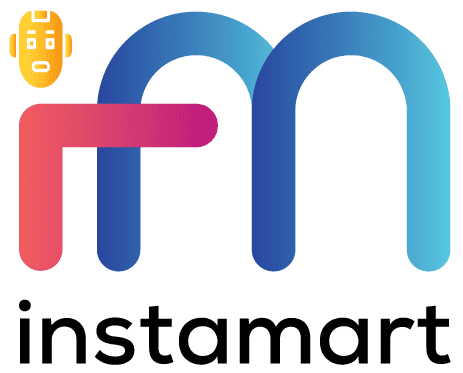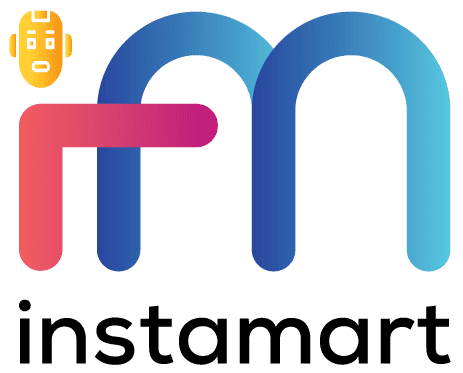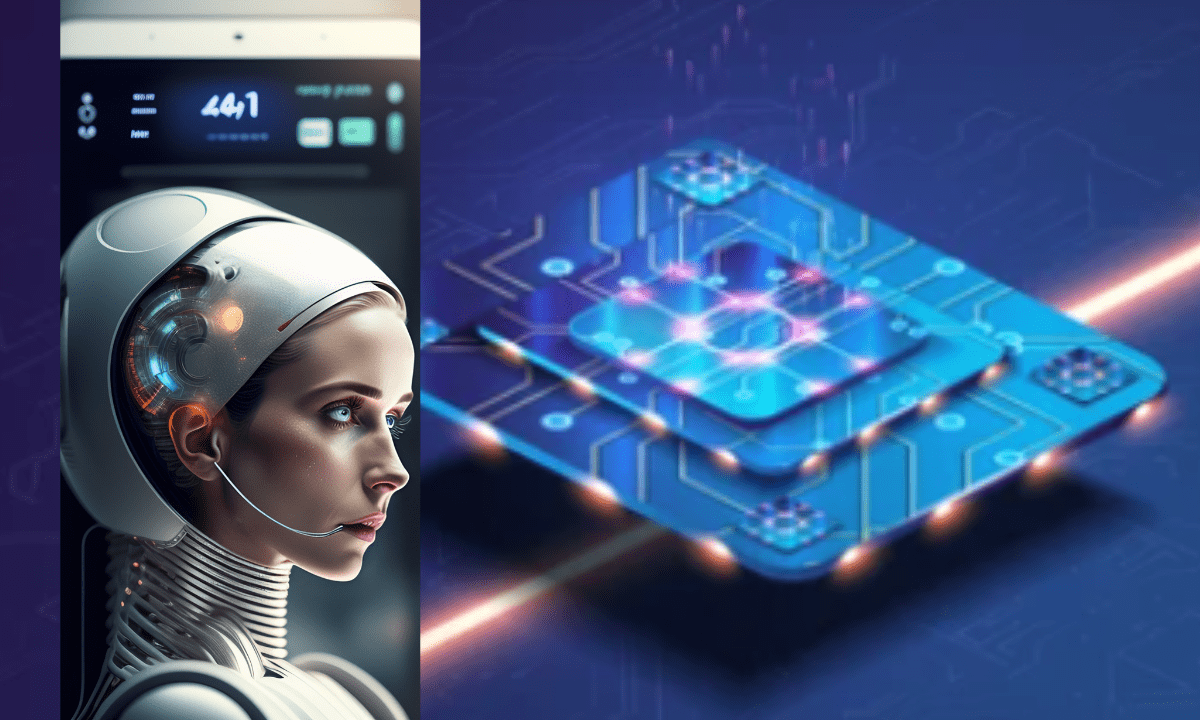AI supports cybersecurity by providing advanced threat detection and prevention capabilities. Notably, machine learning algorithms analyze vast amounts of data to identify patterns indicative of cyberattacks, enabling quick and accurate identification of anomalies or potential breaches.
AI-powered systems can also automate responses, such as isolating compromised devices or blocking malicious traffic, enhancing the speed and efficiency of incident response. Additionally, AI assists in developing predictive models to anticipate new attack vectors, improving proactive defenses and enabling organizations to stay ahead of emerging threats in the ever-evolving landscape of cybersecurity. Nonetheless, there are aspects of cybersecurity which AI cannot fully replace.
While AI plays a valuable role in cybersecurity, such as anomaly detection, threat detection and pattern recognition, the collaboration between humans and AI is the most effective approach says Laurie Mercer, Director of Security Engineering at HackerOne.
While AI has made significant advancements in various fields, including cybersecurity, it is a fact that AI alone cannot replace human inputs when it comes to cybersecurity. Here are few reasons why human involvement is still important:
Why Human Involvement in Cybersecurity is Important?
- Contextual understanding: Human cybersecurity professionals possess the ability to understand the contextual variation of a particular situation. They can interpret complex scenarios and make decisions based on their experience and expertise. It is important for accurately assessing the severity of a threat, determining its potential impact, and implementing appropriate countermeasures.
- Adversarial creativity: Cyber attackers are constantly evolving their techniques to bypass security measures. They adapt and come up with new strategies to exploit vulnerabilities. These experts bring creativity and critical thinking to the table. This allows them to anticipate potential attack vectors. It develops innovative approaches to detect and respond to emerging threats.
- Ethical Considerations: Cybersecurity involves making decisions that often have ethical implications. But, AI systems operate based on algorithms and predefined rules, without a deep understanding of moral and ethical complexities. Human cybersecurity professionals can weigh the potential impact of their actions on privacy, civil liberties, and other ethical concerns. So, they can make decisions based on ethical frameworks and adapt to evolving societal norms.
- Social engineering and insider threats: Many cyber-attacks involve social engineering techniques, where attackers exploit human vulnerabilities to gain unauthorized access. These attacks often require human interaction, such as phishing emails or manipulative tactics. AI may struggle to detect and mitigate such attacks effectively. Additionally, insider threats, where employees or individuals with privileged access misuse their authority. Because, they often require human intervention to detect suspicious behavior patterns and mitigate risks.
- Continuous learning and improvement: Cybersecurity is a constantly evolving field, with new vulnerabilities, attack vectors, and security technologies emerging regularly. Human cybersecurity professionals engage in ongoing training, learning, and professional development to stay updated on the latest trends and techniques. So, they can adapt their skills and knowledge to new challenges and contribute to the development of more security measures.
According to recent study, the UK has the highest number of cybercrime victims per million internet users in 2022 at 4,783 – that’s up 40% since 2020.
Also Read: 100,000 ChatGPT plus dumped in Dark Web for sale by cybercriminals
Perhaps even more worst is the fact that one-third of organizations say they monitor less than 75% of their attack surface and 20% believe over half is unknown or unobservable.
It’s this unobserved area where unknown vulnerabilities hide which represent the greatest risk for organizations and the biggest opportunity for criminals.
AI-driven systems aid in the automation of routine security tasks, such as patch management and vulnerability assessment, freeing up human resources for more strategic and complex tasks. AI’s ability to process and analyze vast quantities of data also facilitates the identification of zero-day vulnerabilities and the prediction of new attack vectors, empowering cybersecurity professionals to proactively strengthen defenses. Nonetheless, human involvement remains to be an important aspect in addressing cybersecurity challenges.
For more AI news: Read here
Sources:
https://www.aag-it.com
https://www.hackerone.com







